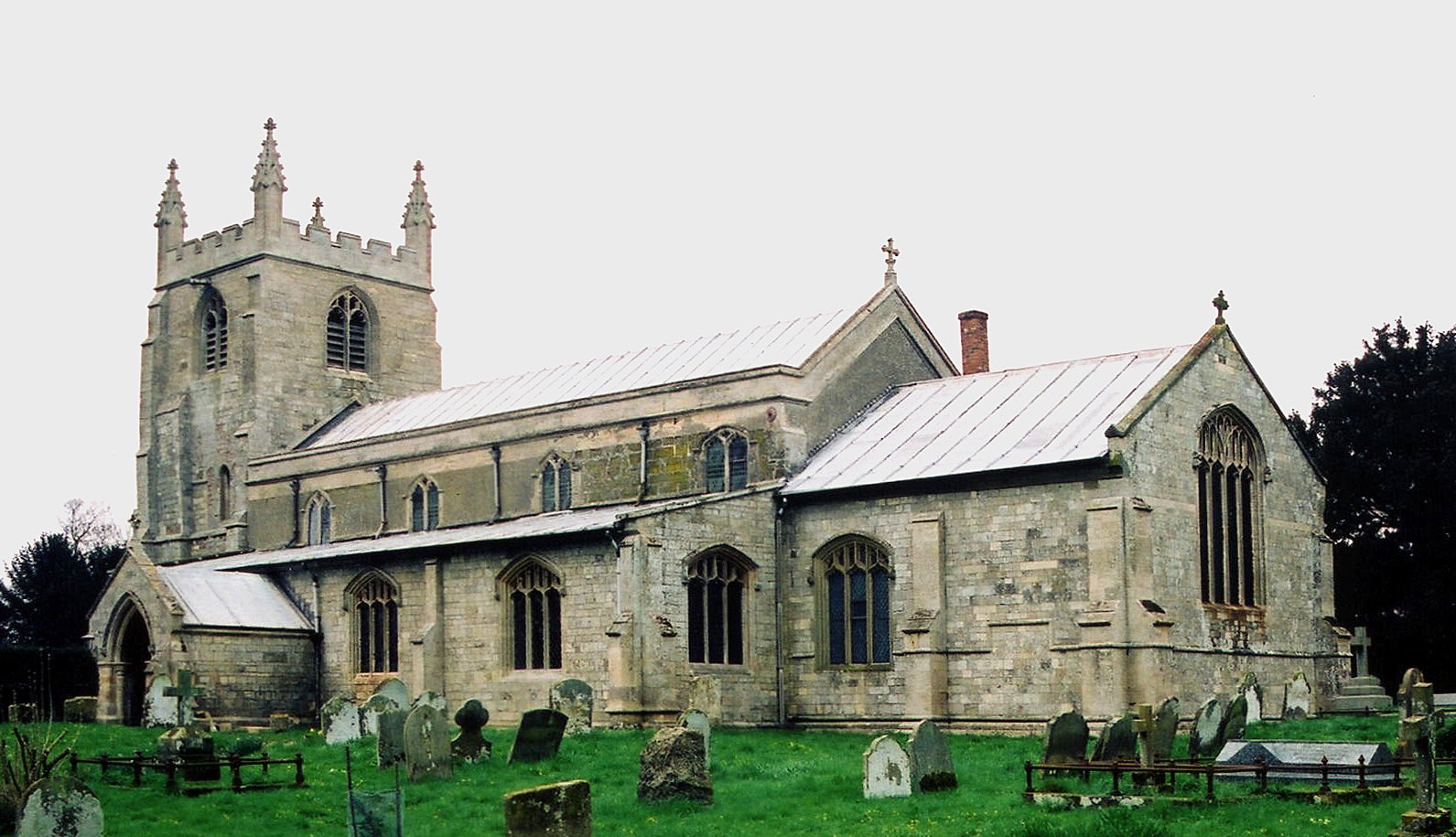Hide
Wainfleet St Mary
hide
Hide
hide
Hide
hide
Hide
Hide
[Transcribed from The National Gazetteer of Great Britain and Ireland 1868]
by Colin Hinson ©2020
Hide
- The parish was in the Wainfleet sub-district of the Spilsby Registration District.
- Check our Census Resource page for county-wide resources.
- The table below gives census piece numbers, where known:
| Census Year | Piece No. |
|---|---|
| 1851 | H.O. 107 / 2109 |
| 1861 | R.G. 9 / 2373 |
| 1871 | R.G. 10 / 3389 |
| 1891 | R.G. 12 / 2602 |
- The Anglican parish church is dedicated to Saint Mary.
- There is also a photograph of St. Mary's Church on the Wendy Parkinson Church Photos web site.
- Here is a photograph of St. Mary's Church, taken by (and copyright of) Ron Cole.

- The Anglican parish church registers date from 1611, but Bishop's transcripts are available going back to 1562.
- We have a partial parish register extract in a text file form. Your additions and corrections are welcome.
- The parish lies in the Calcewaith & Candleshoe Deanery.
- Check our Church Records page for county-wide resources.
- The parish was in the Wainfleet sub-district of the Spilsby Registration District.
- Check our Civil Registration page for sources and background on Civil Registration which began in July, 1837.
Wainfleet St. Mary is both a village and a parish that lie on the North Sea near Skegness, almost 40 miles east of Lincoln. Wainfleet All Saints parish forms the northern border, along with Croft parish, with the Steeping River being the general boundary. Friskney parish lies to the south. The parish includes the hamlet of Wainfleet Bank. The parish encompasses 5,921 acres of land.
There is a town of Wainfleet in the Niagara Falls area of Ontario, Canada. The link to Lincolnshire is via Governor Simcoe who selected the names for the townships of what was formerly Lincoln County.
If you are planning a visit:
- Visit our touring page for visitor services.
The National Gazetteer of Great Britain and Ireland - 1868
- Ask for a calculation of the distance from Wainfleet St Mary to another place.
- In the parish are the remains of some ancient salt pans, dating back to Roman times. See F. McAvoy's paper in "Medieval Archeology," 1994, vol 38, "Marine Salt Extraction, the salterns of Wainfleet St. Mary, Lincolnshire," pages 134-163.
- Prior to the draining of the Fens, this parish was a principle source of cranberries for England. And, because of the swamps, it was a popular place for waterfowl and those who hunt them. For more on the local history, see if you can find a copy of Oldfield's, "History of Wainfleet," published in 1829.
- Wainfleet was a busy port in Medieval times, but silting of the River and accretion of sand bars off the coast cut off access to the sea. For many decades, Gibraltar Point was the closest ships could get to Wainfleet. That, too, was abandoned in the early 20th century due to accretion of sand banks. The last commercial boats to use The Haven near the point left in the 1920's.
- See our Maps page for additional resources.
You can see maps centred on OS grid reference TF492586 (Lat/Lon: 53.103507, 0.227194), Wainfleet St Mary which are provided by:
- OpenStreetMap
- Google Maps
- StreetMap (Current Ordnance Survey maps)
- Bing (was Multimap)
- Old Maps Online
- National Library of Scotland (Old Ordnance Survey maps)
- Vision of Britain (Click "Historical units & statistics" for administrative areas.)
- English Jurisdictions in 1851 (Unfortunately the LDS have removed the facility to enable us to specify a starting location, you will need to search yourself on their map.)
- Magic (Geographic information) (Click + on map if it doesn't show)
- GeoHack (Links to on-line maps and location specific services.)
- All places within the same township/parish shown on an Openstreetmap map.
- Nearby townships/parishes shown on an Openstreetmap map.
- Nearby places shown on an Openstreetmap map.
- The marshy area near Wainfleet Sands was used during the Napoleanic Wars as an artillery testing site, and again in the 1890s by the 1st Lincolnshire Artillery.
- The Royal Flying Corps opened an airfield here in 1914.
- The station was used for aircraft armament training throughout the Great War.
- The airfield was closed in 1918.
- The airfield was used on and off between the wars by the RAF and the RNAS, primarily for training.
- The RAF re-opened the station in August, 1938, as an aerial bombing and gunnery range.
- Large numbers of bombs and other types of ammunition were disposed off in the swamps after World War II. The construction of a seawall in 1978 unearthed many of the munitions.
- The RAF station was finally closed in December of 2009.
- The name Wainfleet is from the Old English waegn+fleot, or "stream that can be crossed by a wagon". The name is Wenflet in the 1086 Domesday book.
[A. D. Mills, "A Dictionary of English Place-Names," Oxford University Press, 1991.]
- The parish was in the ancient Candleshoe Wapentake in the East Lindsey district in the parts of Lindsey.
- For today's district governance, see the East Lindsey District Council.
- Bastardy cases would be heard in the Spilsby petty session hearings held every other Monday.
- As a result of the 1834 Poor Law Amendment Act, the parish became part of the Spilsby Poor Law Union.
In 1851, Wainfleet (All Saints and St. Mary combined) had a population of 2,082.
Year Inhabitants 1801 421 1831 660 1851 717 1861 730 1871 721 1881 705 1901 669 1911 686 1921 789 1951 959 1971 923 1991 965
- See our Schools page for more information on researching school records.
